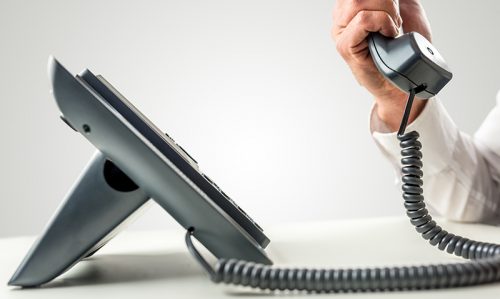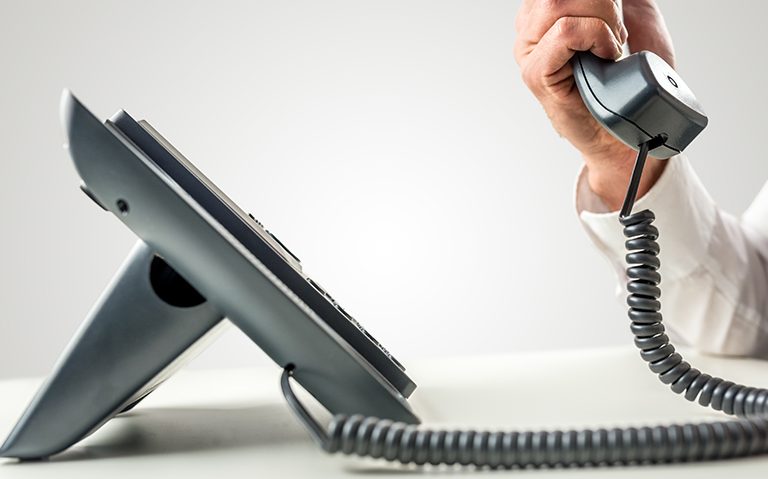Ken Makovsky
Tuesday, August 6, 2019We exist today in an era of more ways to communicate and transact than perhaps in any other century. But isn’t it ironic that one of the most efficient ways to communicate and move progress forward – the plain vanilla phone call – is on the decline?
There’s no doubt that texting, email, and other social communications contribute mightily in keeping the workplace connected and humming. Stats confirm that emails and texts are used way more today for communications by Fortune 500 companies than phone calls. (Landlines are already barely hanging on for phone service in the home.) With emails and texts, you miss emotional nuances of a live voice, and you need to watch your words as certain words which work verbally do not work in writing and can be misinterpreted.
I believe with a passion that the plain vanilla phone call has it beat over texting and emails when it comes to certain situations, so I’m hoping there will always be a role for it, even if a smaller one. Why? Just think about how quickly you can resolve business questions if it were possible to get a decision maker or client or potential client on a phone call for a quick (or not so quick) resolution.
But it’s gotten harder and harder as you can’t always get through with a phone call. Technology itself has not necessarily made it easier to get prompt responses (and sometimes it’s provided a reason to delay or ignore responding to someone, lol).
Cases in point:
- I call someone at big global company #1. A machine-answered switchboard requests that I spell the name of the person I wish to talk to by pressing the relevant buttons. His phone rings and a recording states that Mr. Y only answers calls via his cell phone – but there is no cell phone number given or forwarded!
- I call big global company #2 and this time an operator informs me that the executive I’m calling only accepts emails. But the company does not give out emails.
Sigh.
The benefit of a phone call is that you can converse with the person at the end of the line with more sensitivity, which you simply can’t do with texting and emails, as nuances may be lost or misinterpreted. Over the phone you can sense the individual’s “vibrations,” enabling a superior response to the party with whom you are speaking. You can judge his or her tone and mood. You can gauge the next step. You can tell if the person is seriously interested with what you have to say. In a phone conversation, you can move mountains and may be more persuasive on your views. And not least of all resolve differences more rapidly, make agreements more easily, and verbally toast to mutual success.
Unless, of course, we are replaced by AI!










